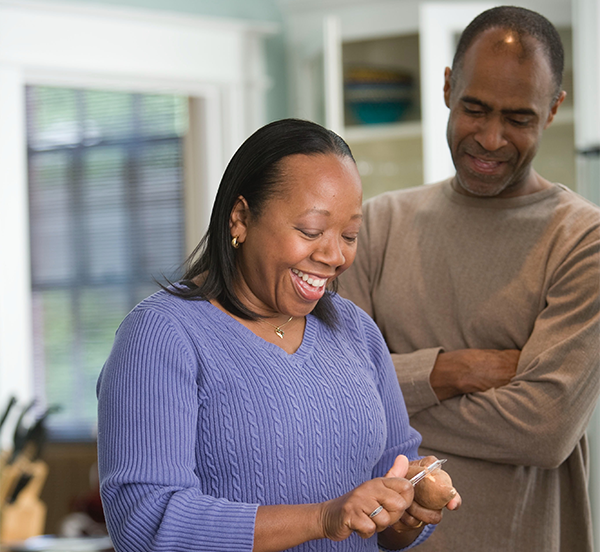Marriage Counseling Insights From Westlake Village-Based Patricia McTague-Loft
Do you ever think about “give and take” in a relationship? Many people would probably give a reflexive response to a question about give-and-take by saying something like, “Oh yes, it’s very important to have a good balance of give-and-take in a relationship. About 50-50 I’d say.”
So now let’s go back in time, before you met your romantic partner. Did you have a related variation of that 50-50 thought somewhat in mind when you were dating? Did you ask yourself something like, “What can I add to this person’s life?” as well as “What can this person add to my life?” In other words, were you or are you thinking primarily about your needs rather than your partner’s needs?

If you’re currently dating or in a long-term relationship, the question merits some reflection. Writing for Psychology Today, Hal Shorey, Ph.D., says that many if not most people develop a relationship on the basis of “yes-no” decisions. “Think about where you are in your life. For many of us, this was simply a function of yes or no decisions. ‘Would you like to be my friend?’ ‘Would you like to have a drink?’ ‘Would you like to live here?’ ‘Would you like to go out on a date?’ Based on your answers, you will indeed end up somewhere; but did you actually choose your destination? I am going to say ‘no’; you did not consciously choose where you were going. Many people who get into relationships this way do not end up feeling loved or valued. They do not feel chosen.”
Choosing a partner, on the other hand, requires a mature level of security in your own identity. In psychological terms, that level of security manifests itself in part as your attachment style. In counseling, we often delve back into a person’s childhood to figure out how their parents affected and perhaps even determined their attachment style. People raised by generally loving parents have a very good chance at developing a secure attachment style. “Those with secure attachment styles come to relationships feeling whole and that they have much to give,” says Shorey. “Because they were raised in supportive environments where parents were consistently warm, available, and responsive, the world was a safe and predictable place, and others were always available to provide love and support when needed, they come to relationships feeling that they have had most of their needs met. As such, they come offering a secure base and with love to share and give.”
On the other hand, there are three basic insecure attachment styles that make a person seem “needy:” dismissing, preoccupied and fearful (also described as Secure, Anxious, Avoidant, Fearful-Avoidant). Shorey says that “People with insecure attachment styles, at least before they heal themselves, often come to relationships with unmet needs. Those with dismissing styles may have a need for unconditional love and validation. Those with preoccupied styles may have a need for a high level of consistency in their partners providing love and reassurance. Those with fearful attachment styles may need foremost a sense of trust, safety, and security.” Self-reflection about your own attachment style can be a valuable exercise. Shorey’s full article includes links to a variety of articles on all kinds of attachment styles. Of course, if you’d like a professional to help you work your way through this complex topic, please give me a call.
You may also read more about attachment styles and personality types here.